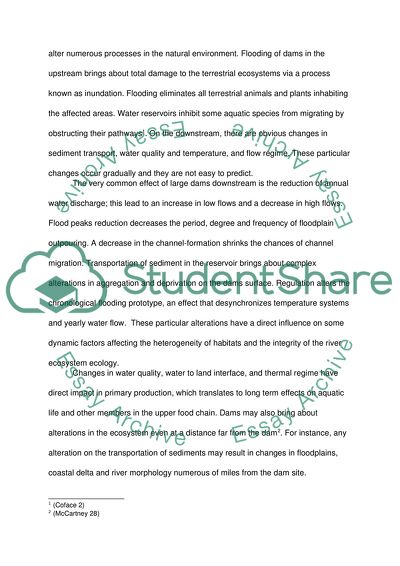Cite this document
(Effects of Hydroelectricity and Dams Have upon the Ecosystem Term Paper - 1, n.d.)
Effects of Hydroelectricity and Dams Have upon the Ecosystem Term Paper - 1. https://studentshare.org/environmental-studies/1759543-dams-hydroelectricity-and-the-effect-apon-the-ecosystems
Effects of Hydroelectricity and Dams Have upon the Ecosystem Term Paper - 1. https://studentshare.org/environmental-studies/1759543-dams-hydroelectricity-and-the-effect-apon-the-ecosystems
(Effects of Hydroelectricity and Dams Have Upon the Ecosystem Term Paper - 1)
Effects of Hydroelectricity and Dams Have Upon the Ecosystem Term Paper - 1. https://studentshare.org/environmental-studies/1759543-dams-hydroelectricity-and-the-effect-apon-the-ecosystems.
Effects of Hydroelectricity and Dams Have Upon the Ecosystem Term Paper - 1. https://studentshare.org/environmental-studies/1759543-dams-hydroelectricity-and-the-effect-apon-the-ecosystems.
“Effects of Hydroelectricity and Dams Have Upon the Ecosystem Term Paper - 1”. https://studentshare.org/environmental-studies/1759543-dams-hydroelectricity-and-the-effect-apon-the-ecosystems.


